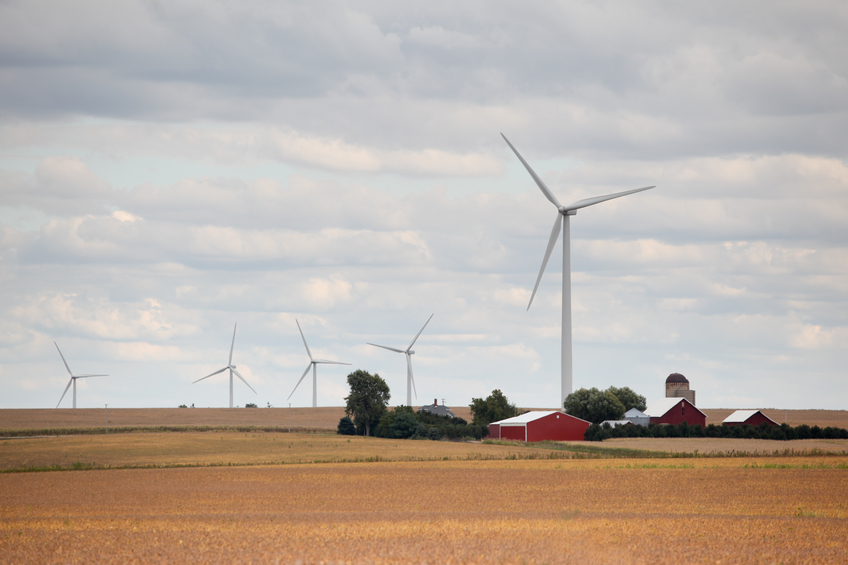In September, Hydro-Quebec released the details of 66 wind energy facility proposals submitted in response to a 2,000 MW request for proposals (RFPs). With an announcement due early next year for the winners of that RFP and projects under a previous 1,000 MW RFP progressing steadily through the construction phase, the next step to achieving Quebec's 4,000 MW wind power goal will be the release from Hydro-Quebec of two 250 MW wind RFPs this spring. Like their predecessors, however, the two RFP blocks come with unique parameters.
According to Quebec's provincial energy strategy for 2006 through 2015, the blocks are ‘reserved for the regions,’ and ‘projects are limited to 25 MW each – to promote the direct involvement of small communities.’ The ‘regions’ include First Nations and regional county municipalities.
‘They want to favor a direct impact on the small communities,’ says Kim Thomassin, a partner in McCarthy Tetrault LLP's Quebec office. ‘They believe the projects will bring in investments between C$700 million and C$750 million.’
Thomassin cautions that while ‘it looks really good on paper,’ there is still uncertainty until Hydro-Quebec actually launches the RFPs. Furthermore, the possibility for conflict of interest arises when municipalities are able to operate wind power facilities, as they would be expected to do under Hydro-Quebec's 250 MW RFP reserved for municipalities.
{OPENADS=zone=7}
‘Right now, by themselves, the municipalities cannot do that,’ says Thomassin. ‘That's not vested within their powers.’
In one phase of a long-standing campaign of government support for Quebec's communities, Bill 21 – an act to amend municipal affairs with respect to wind energy – passed Quebec's National Assembly in June 2006. The bill's amendments include replacing sections 17.1 to 17.3 of the Municipal Powers Act (2005) with five new sections regarding wind energy, including provision in Section 17.1 for local municipalities to operate wind facilities alone or with a partner. A prior amendment had already entitled municipalities to form limited partnerships to operate wind farms.
‘When the developers we've worked with saw this RFP, they were worried that the regional county municipalities or First Nations would keep the prime wind spots for themselves and not offer them to the big corporations that have the expertise and knowledge to move those spots forward,’ explains Thomassin. She notes that, to date, there are no examples of a municipality refusing to sign agreements for some areas because it is keeping land for itself in the next RFP. Submissions to the 2,000 MW RFP are evidence of the successful cooperation between independent developers and Quebec's municipalities.
{OPENADS=zone=11}
‘There are 11 projects that were submitted within the 2,000 MW RFP that have agreements either with the municipalities or the First Nations,’ says Thomassin, ‘so the municipalities already have the ramp up knowledge when we get to their RFP.’
Collective municipal experience in wind energy partnerships and permitting for independent wind energy developments will benefit communities under the 250 MW block, and Thomassin says that the Quebec government will take action to mitigate unfair market activity. Recently, she adds, the government intervened to set guidelines for how much independent developers should pay a municipality per MWh of wind energy in limited partnerships.
‘In some instances, developers were overbidding one another,’ she adds, ‘so the guidelines helped put things in perspective.’
Thomassin's contacts in the Quebec government assure her that Hydro-Quebec will launch the municipal RFP in spring 2008, and she is confident municipalities will not be hoarding prime wind spots.
‘There's plenty of wind for everyone,’ she says.



